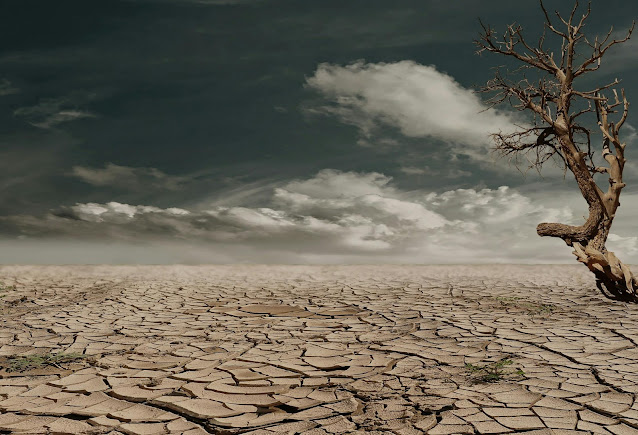Climate change is becoming a significant concern for agriculture in India. The country's farmers depend heavily on the weather for their crops, and changes in climate can affect their yields in several ways. Here’s how:
1. Temperature Changes: Increased temperatures can be both a boon and a bane for crops. While some crops may benefit from warmer weather, many suffer. Higher temperatures can lead to heat stress, reducing the growth period of crops like wheat and rice. This results in smaller grains and lower yields. Extreme heat can also cause plants to wither and die, leading to significant losses.
2. Altered Rainfall Patterns: India's agriculture is highly reliant on monsoon rains. Climate change is causing unpredictable rainfall patterns. Sometimes, there’s too much rain leading to floods, and other times, there’s too little causing droughts. Both situations are detrimental to crops. For example, rice fields can be destroyed by floods, while drought can ruin crops like sugarcane and cotton.
3. Increased Incidence of Pests and Diseases: Warmer temperatures and increased humidity create favorable conditions for pests and diseases to thrive. Crops become more vulnerable to attacks from insects like locusts and diseases such as fungal infections. This not only reduces crop yields but also forces farmers to spend more on pesticides, which can have long-term negative effects on the soil and environment.
4. Soil Degradation: Climate change can exacerbate soil degradation through increased erosion and loss of fertility. Heavy rains can wash away topsoil, which is rich in nutrients essential for crop growth. On the other hand, droughts can lead to soil compaction and reduced organic matter, making it harder for crops to grow.
5. Water Scarcity: With climate change, water sources are becoming more unpredictable. Glaciers that feed major rivers like the Ganges are melting faster, affecting water availability. Irrigation is crucial for crops such as wheat, rice, and sugarcane, and water scarcity can severely impact their yields.
6. Shifts in Growing Seasons: Climate change can alter the growing seasons for crops. For example, the traditional planting and harvesting periods for crops like wheat and rice may no longer be optimal. Farmers have to adapt to these changes, which is not always easy. Shifts in growing seasons can also lead to lower yields as crops may not mature fully before being harvested.
Conclusion: Climate change poses a severe threat to crop yields in India. Farmers face multiple challenges, from temperature changes and altered rainfall patterns to increased pests and water scarcity. Addressing these issues requires a combination of adaptive agricultural practices, government support, and sustainable farming techniques. By understanding and mitigating the impacts of climate change, we can help secure the future of India’s agriculture and ensure food security for millions.




0 Comments